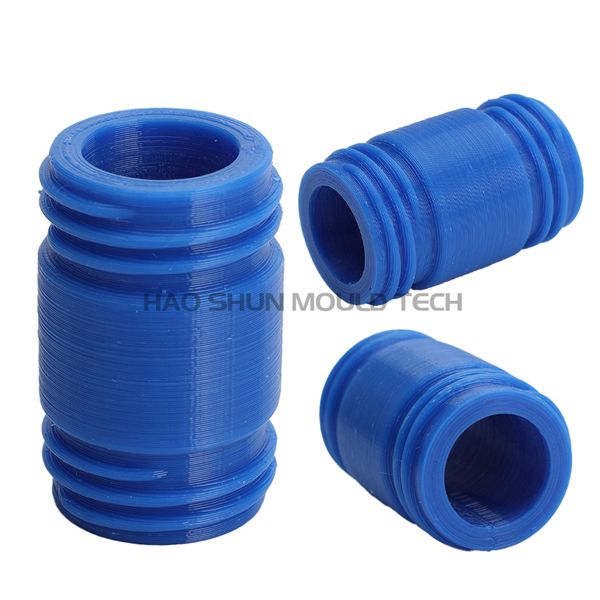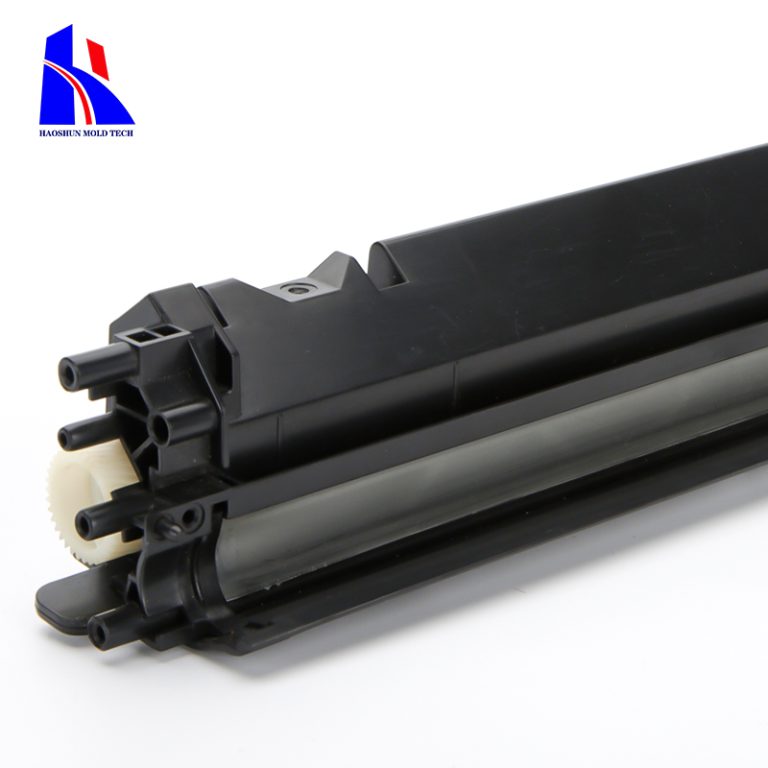plastic molding
Table of Contents
Advantages of Using Injection Molding for Plastic Manufacturing
Plastic molding is a widely used manufacturing process that involves shaping plastic materials into a desired form. One of the most popular methods of plastic molding is injection molding, which offers numerous advantages for plastic manufacturing. In this article, we will explore the benefits of using injection molding for producing plastic products.
One of the key advantages of injection molding is its high efficiency. This process allows for the rapid production of large quantities of plastic parts with minimal waste. The use of molds enables manufacturers to create identical parts with precision and consistency, reducing the need for manual labor and increasing overall productivity. Injection molding also allows for complex shapes and intricate designs to be easily replicated, making it ideal for producing a wide range of products.
Another advantage of injection molding is its cost-effectiveness. The initial tooling costs for creating molds may be high, but once the molds are made, they can be used repeatedly to produce large quantities of parts at a low cost per unit. This makes injection molding a cost-effective option for mass production, as the per-unit cost decreases as production volume increases. Additionally, the high level of automation in injection molding reduces labor costs and increases efficiency, further contributing to its cost-effectiveness.
Injection molding also offers design flexibility, allowing for the creation of intricate and detailed parts with tight tolerances. The ability to use a wide range of materials in injection molding enables manufacturers to produce parts with varying properties, such as flexibility, strength, and durability. This versatility makes injection molding suitable for a wide range of industries, from automotive and aerospace to consumer goods and electronics.
Furthermore, injection molding produces minimal waste, as any excess material can be recycled and reused in the manufacturing process. This not only reduces the environmental impact of plastic manufacturing but also helps to lower production costs. The use of computer-aided design (CAD) software in injection molding allows for the optimization of part designs and material usage, further reducing waste and improving efficiency.
In addition to its efficiency, cost-effectiveness, design flexibility, and environmental benefits, injection molding also offers fast production times. The high-speed and high-volume capabilities of injection molding enable manufacturers to quickly produce large quantities of parts, reducing lead times and time to market. This is particularly advantageous for industries with tight production schedules and deadlines.
Overall, injection molding is a highly efficient, cost-effective, and versatile manufacturing process that offers numerous benefits for producing plastic products. Its ability to produce large quantities of parts with precision, consistency, and speed makes it an ideal choice for a wide range of industries. With its design flexibility, minimal waste production, and fast production times, injection molding continues to be a popular and effective method for plastic manufacturing.
How to Choose the Right Plastic Molding Process for Your Project
Plastic molding is a versatile manufacturing process that is used to create a wide range of plastic products. There are several different types of plastic molding processes, each with its own unique advantages and disadvantages. When choosing the right plastic molding process for your project, it is important to consider factors such as the desired end product, production volume, and budget.
One of the most common types of plastic molding is injection molding. Injection molding is a highly efficient process that is capable of producing large quantities of plastic parts with high precision and consistency. In this process, molten plastic is injected into a mold cavity, where it cools and solidifies to form the desired shape. Injection molding is ideal for producing complex parts with intricate details, making it a popular choice for a wide range of industries, including automotive, electronics, and consumer goods.
| Delivery | PE bag + paper card/paper skin + export-grade carton / crate / Pallet |
| Our Services | OEM/ODM |
Another popular plastic molding process is blow molding. Blow molding is used to create hollow plastic parts, such as bottles and containers. In this process, a tube of molten plastic is extruded and clamped into a mold cavity, where it is inflated with compressed air to take on the shape of the mold. Blow molding is a cost-effective process for producing large quantities of lightweight, hollow parts, making it a popular choice for packaging and container applications.

Thermoforming is another common plastic molding process that is used to create thin-walled plastic parts, such as trays, cups, and packaging. In thermoforming, a sheet of heated plastic is stretched and formed over a mold cavity using vacuum or pressure. Thermoforming is a versatile process that is well-suited for producing large, shallow parts with simple geometries. It is a cost-effective alternative to injection molding for low to medium volume production runs.
Rotational molding is a unique plastic molding process that is used to create large, hollow parts with complex shapes. In rotational molding, powdered plastic resin is placed in a mold cavity, which is then rotated and heated to evenly distribute the plastic and form the desired shape. Rotational molding is ideal for producing large, durable parts with uniform wall thickness, making it a popular choice for outdoor furniture, tanks, and playground equipment.
When choosing the right plastic molding process for your project, it is important to consider the specific requirements of your application. Factors such as part size, complexity, material selection, and production volume will all play a role in determining the most suitable molding process for your needs. It is also important to consider factors such as cost, lead time, and quality requirements when selecting a plastic molding process.
In conclusion, plastic molding is a versatile manufacturing process that offers a wide range of options for producing plastic parts. By carefully considering the specific requirements of your project and weighing the advantages and disadvantages of each molding process, you can choose the right process to meet your needs and achieve the desired end result. Whether you are looking to produce high volumes of precision parts or large, complex shapes, there is a plastic molding process that is right for you.







